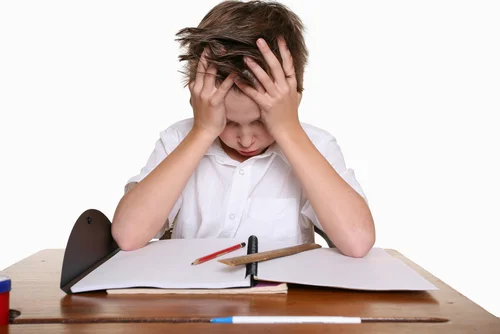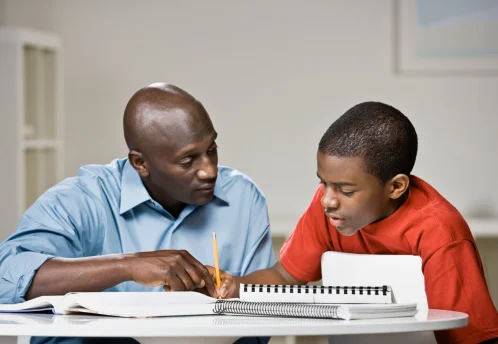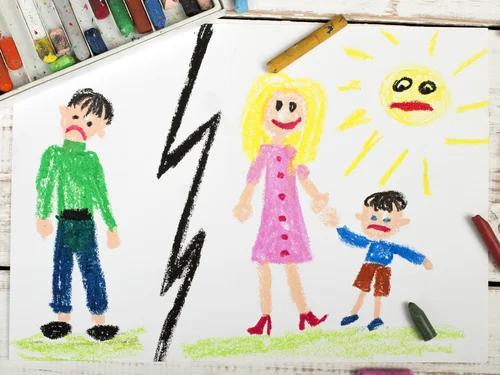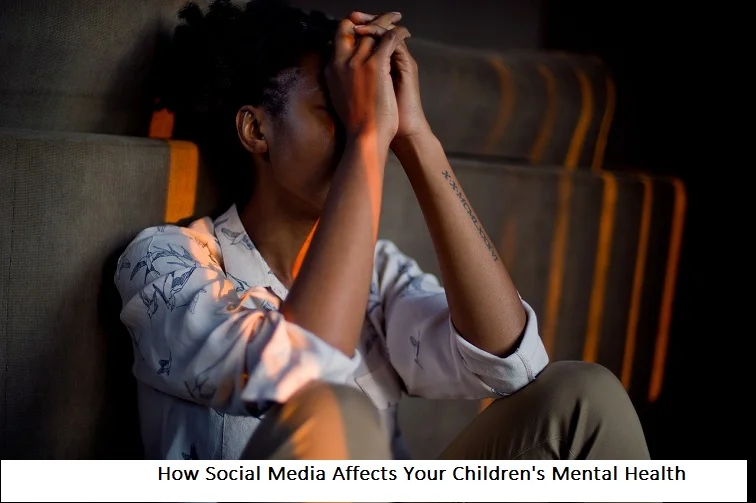+1 845 259 2974 (11 a.m to 7 p.m CST)
Learning Disabilities in Kids: How to Give Them the Help They Need

Parenting is a journey full of ups and downs. It is wonderful to watch a small child learn to smile, crawl, and take their first steps. Hearing them say their first words is a magical moment. Sending them off to school with a new backpack brings excitement for all the learning and fun ahead.
But sometimes, things change. The excitement about school can fade. A child might say they have a stomach ache every Sunday night. They may struggle with reading in a way that seems more serious than just being a bit slow. Numbers might get jumbled up, or putting thoughts on paper can feel impossible. This is when a parent might feel that something is not right.
This is a scary and lonely feeling. Questions start to form. Is it something I did? Is the child not trying hard enough? What if the teachers are missing something? It is important to stop and take a breath. The first thing to know is this: it is not the parent's fault. And it is definitely not the child's fault.
These signs might point to a learning disability. This term can sound scary, but it is helpful to think of it differently. It simply means a child’s brain is wired in a unique way. It does not mean they are not clever. Many kids with learning disabilities are very bright and creative. Their brains just process information differently. They learn in their own way. The goal is to understand how they learn, build bridges for them, and give them the tools they need to succeed.
What is a Learning Disability?
A learning disability is not an illness. It is not a sign of low intelligence or laziness. Think of it like this: most people's brains have pathways for learning that are like straight, fast motorways. Information travels quickly from one point to another.
For a child with a learning disability, these pathways are more like winding country lanes. The journey is more scenic, but it takes longer to get there. Sometimes there is a roadblock. The information arrives eventually, but it needs a different map.
Common types of learning disabilities include:
- Dyslexia: This affects reading. Letters might seem to move on the page. Words get flipped. Connecting sounds to letters can be very tough.
- Dyscalculia: This affects maths. A child might find it hard to understand numbers, remember simple sums, or tell the time on a clock with hands.
- Dysgraphia: This affects writing. It can mean very messy handwriting, big trouble with spelling, and struggling to organise thoughts on paper.
- Processing Disorders: The ears and eyes work fine, but the brain has trouble understanding the information. It is like listening to a radio with a fuzzy signal.
The emotional impact is huge. Imagine sitting in a classroom where everyone else understands the work, but you feel completely lost. You try your hardest, but the words and numbers will not behave. It is easy to start feeling stupid. A child might act like the class clown to hide their shame. Another might become very quiet, hoping the teacher will not call on them.
This is why support is so critical. Adults need to be their detectives, their supporters, and their safe place.
Read about: How can parents fight against teens’ ‘I don’t have homework’?
Spotting the Signs: What to Look For
Children are very good at hiding their struggles. They develop clever tricks to cover their difficulties. Therefore, it is important to look closely and listen to what is not being said. Here are some signs that might show a learning difference:
In Younger Children:
- Trouble learning nursery rhymes or rhyming games.
- Difficulty learning the alphabet, numbers, colours, or days of the week.
- Getting very frustrated when trying to write their name or draw shapes.
- Often mispronouncing words or struggling to find the right word.
- Finding it very hard to follow simple instructions with more than one step.
- Seeming clumsy, bumping into things, struggling with buttons and zips.
In Primary School Children:
- Still mixing up letters like ‘b’ and ‘d’ or numbers like ‘6’ and ‘9’ well into their school years.
- Reading very slowly and avoiding reading aloud.
- Very poor spelling, spelling the same word wrong in different ways.
- A big gap between what they can say and what they can write. They might explain an idea well but cannot write it down.
- Messy handwriting and an awkward way of holding a pencil.
- Difficulty understanding time, both on a clock and for planning.
- Trouble remembering simple maths facts and still using fingers to count.
- Low self-esteem. Saying things like “I’m stupid,” or “I hate school.”
If this list feels familiar, it is important not to panic. This is not a diagnosis. It is a starting point. It is a clue that it is time to find out more.
The Path to Getting Help: How to Be a Strong Advocate
Finding help can feel confusing. It can seem like a complicated system. But a parent is a child’s biggest champion. Their love and determination will drive the process.
- Talk to the Teacher: This is the first step. Arrange a proper meeting. Go in with a friendly, team-working attitude. Explain what has been noticed at home and ask if the teacher sees the same things in class. Teachers see children in a different setting and their insight is very valuable.
- Gather Information: Start keeping notes. Write down specific examples of struggles. For example: “Spent 45 minutes on 10 maths problems and ended up crying.” Or, “Refused to read a bedtime story, said it hurt his head.” This real evidence is very useful in meetings.
- Ask for a Formal Assessment: If talking to the teacher and the school’s Special Educational Needs Co-ordinator (SENCO) does not lead to enough help, it may be time to ask for a formal assessment. This could be done by an educational psychologist through the school or the local council.
- Private Assessments: NHS waiting lists for assessments can be very long. If possible, a private educational psychologist can provide a faster diagnosis. This costs money, but for many families, it is worth it to get answers quickly.
Read about: Helping Kids Set and Achieve Their Own New Year Resolutions
The Toolkit: Ways to Help at Home and School
A diagnosis is not the end. It is the start of a new plan. It helps find the right tools. Support should be tailored to the child, but here are some helpful strategies.
For Reading (Dyslexia):
- Use multi-sensory techniques: Let children write letters in a tray of sand or form them with Play-Doh. Using more than one sense helps build memory.
- Audiobooks are a great help: Services like Audible let a child access stories at their thinking level, not their reading level. This keeps them interested in books and builds their vocabulary.
- Try a coloured overlay: A simple coloured plastic sheet over a page can sometimes stop the letters from moving around, making reading easier.
For Maths (Dyscalculia):
- Make it real: Use Lego bricks for counting. Use a number line on the floor to jump along for adding and subtracting. Bake together to learn about fractions.
- Connect maths to life: Use real money to practise sums. Talk about time in relation to their favourite TV programmes. Make it practical.
- Use charts and tools: Put a times table chart on the wall. Using tools is okay! The goal is to understand, not just to memorise.
For Writing (Dysgraphia):
- Use technology: A laptop or tablet can remove the physical hassle of handwriting. Speech-to-text software lets a child say their ideas out loud.
- Focus on ideas first: Let them tell their story aloud or record it before worrying about writing it down.
- Try different pens: Wider pens or pencil grips can make holding a pen more comfortable.
The Most Important Tool: Emotional Support
All the strategies in the world mean little if a child feels sad and alone. This is the most important part of helping.
- Praise effort, not results: Saying, “I am so proud of how hard you tried,” is better than, “You got full marks!” They need to know their value is not based on a test score.
- Find their passion: If school is hard, they need another activity where they feel good. It could be art, sport, music, or caring for animals. Let them have a place where they feel successful.
- Talk about it openly: Make their differences normal. Explain that everyone’s brain works differently. Tell them about famous people who have learning disabilities, like Richard Branson or Keira Knightley. They are in good company.
- Listen: Let them be upset. Hold them. Say, “I know this is really hard, and it’s okay to be sad about it. I am here for you.” This support can make them feel much better.
A Final Word for Tired Parents
This journey is a long one. There will be good days and very bad days. There will be meetings that feel hopeless. It is heartbreaking to see a child struggle.
But it is vital to celebrate the small wins. The sentence read without tears. The maths problem solved. The happy news that a teacher used a helpful tool. Parents are not alone. There are many other families who understand exactly how it feels. It can help to find local support groups or online forums. Sharing stories and advice makes the journey easier.
A child with a learning disability is not broken. They are a unique person who sees the world differently. They might struggle with reading but be amazing at solving problems. They might find spelling hard but have a huge amount of empathy and kindness.
The goal is not to force them onto the main motorway. It is to give them a good map for their own path, to pack them a lunch for the journey, and to cheer for them all the way. They need to be reminded that they are loved, exactly as they are. That is the help they truly need. And it is the most important thing a parent can ever provide.





















